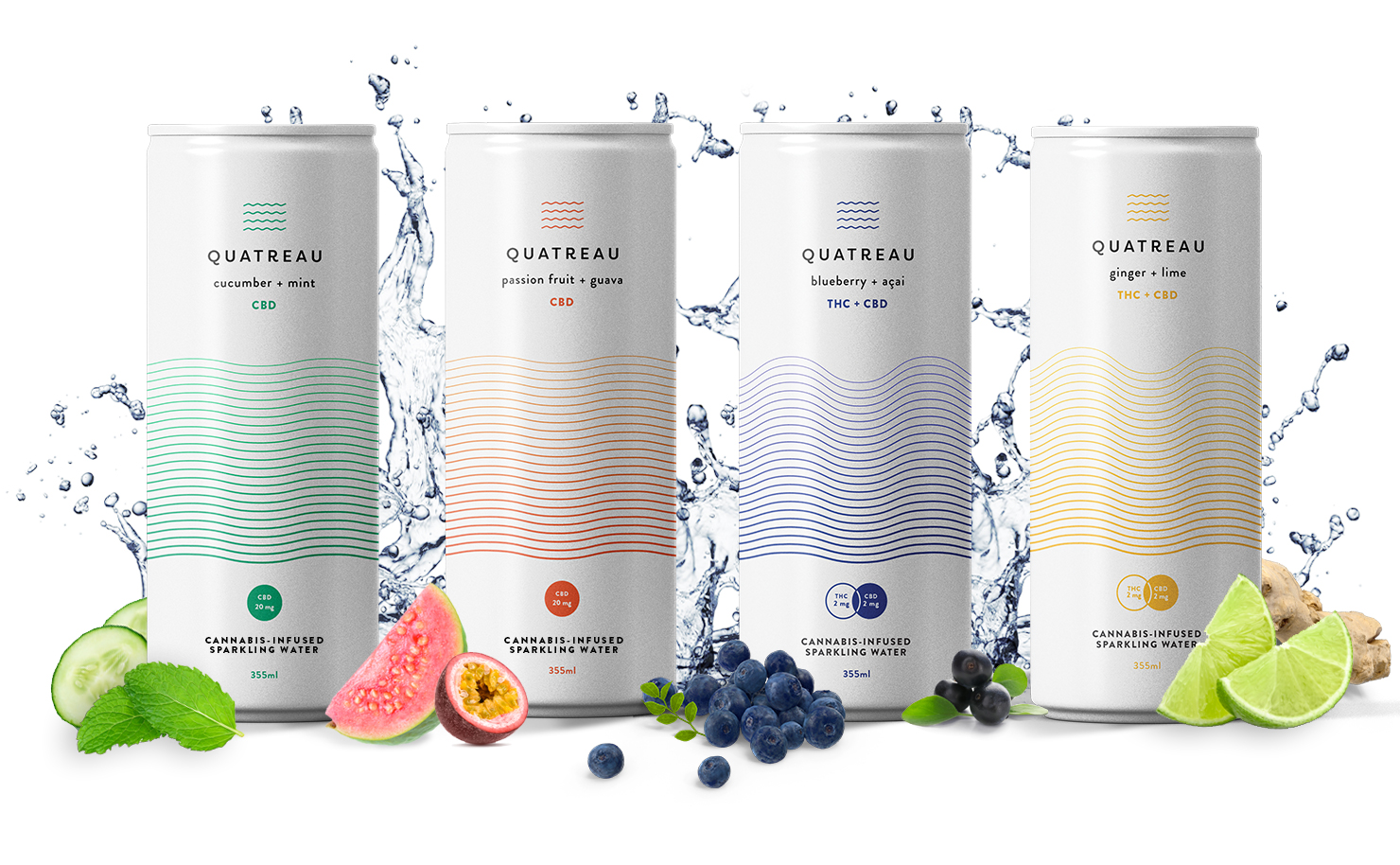Imagine trying to explain to a consumer why they can purchase only 5 cannabis beverages but can purchase 17 vape cartridges, 30 grams of flower, or 100 bottles of cannabis oil.
You could start by explaining that Canada’s cannabis possession limit of 30g is based on dried cannabis or its equivalent. And that these equivalents are calculated by weight.
But what if that drink has only a small dose of THC? And what if that product weighs more?
Then you would have to explain that THC doesn't factor into the calculation that determines how much you can buy.
Everyday this conversation is happening at legal cannabis retailers.
Cannabis beverages, which typically contain low doses of THC, are a casualty of the “Equivalent Amounts” calculation for cannabis 2.0 products. The more liquid the drink contains, the less you can buy – regardless of its THC content. CBD beverages are treated similarly.
When comparing to chocolates or oils or other 2.0 product formats – the inconsistency is the same. Beverages come up short every time simply because they weigh more.
If you think this makes no sense, you’re not alone. There’s broad consensus that this must change. Provincial governments, public cannabis wholesalers and provincially licensed private cannabis retailers support this change.
It might be easy to dismiss this as an issue about “weed” beverages or a nuisance to consumers, but there’s considerably more at stake.
What’s at stake is the lost opportunities brought by this sector and these products.
Among those lost opportunities is the ability to promote the responsible consumption of cannabis products.
The Ontario Cannabis Store shared data last fall in the Hill Times which clearly demonstrated that consumers are trying to purchase beverages but abandon the purchase after they realize they are prevented from buying the amount they want – with an abandonment rate as high as 91 per cent.
By turning consumers away from low dose or higher volume cannabis beverages, Health Canada’s regulations run contrary to their own “start low, go slow” guidance. Low THC concentration products, which by design are intended to be moderate and are often favoured by less experienced cannabis consumers, should be normalized by our public policies not unduly restricted.
Early days are critical when it comes to helping consumers shape healthy relationships with cannabis products. By restricting consumer choices, countless inexperienced or casual consumers are excluded from what should be an approachable product.

Likewise, producers should be encouraged to bring to market low THC options; not to disproportionately focus on creating high THC products. There also should not be a disincentive to produce higher volume, sharable beverage formats that still adhere to the 10mg of THC limit per unit. However, within the current rules, the motivation to produce lower dose or higher volume products is simply not there.
Consider how the beverage alcohol market would look if there were only high alcohol products on offer.
Cannabis beverages are distinctly a Canadian innovation. For years, in jurisdictions where cannabis has been legal, cannabis beverages have been known for their lack of quality. Canadian companies have – driven by years of intensive R&D and sizable investments – made beverages that are not only enjoyable but also will likely serve as the template for future products in emerging new legalized markets, like the United States.
We understand that the solution to the cannabis beverage equivalency rests with a department that has been charged with the most important and pressing files that any government has had to confront. Health Canada has already received public input on the issue and can make the change via a simple Order in Council.
Canada’s licensed producers support changes that fix the inequitable treatment of cannabis beverages and promote responsible cannabis consumption. And when this change is made, adult Canadians can legally purchase, and possess, a six pack of a made-in-Canada innovation.

By restricting consumer choices, countless inexperienced or casual consumers are excluded from what should be an approachable product.







